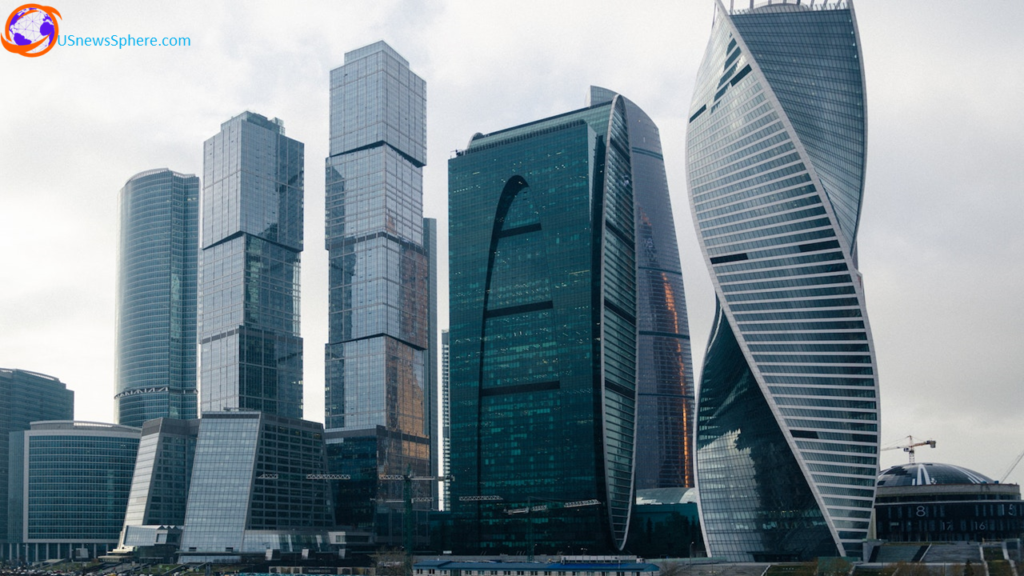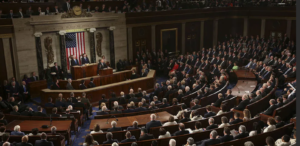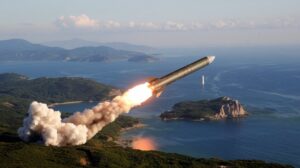Russia’s missile production has surged despite Western sanctions, posing serious threats to Ukraine and raising concerns about global security. This article explores how Russia overcame export controls and the implications of its expanded military production, highlighting the challenges faced by Ukraine and the international community.

Sanctions Impact on Russian Missile Production:
Western sanctions imposed on Russia had a notable impact on the country’s missile production capabilities. These sanctions were introduced as part of an effort to curb Russia’s military supply and its actions in Ukraine. This section explores the initial effects of sanctions on Russian missile production and how the situation evolved over time.
Russia Initial Slowdown due to Export Controls:
At the outset of the conflict in Ukraine in February 2022, Russia faced significant hurdles in maintaining its military production. Western sanctions included stringent export controls that targeted key components required for missile production. As a result, Russia was forced to slow down its missile and weaponry manufacturing efforts for at least six months.

These export controls hindered Russia’s ability to access crucial materials and technologies, making it challenging for the country to maintain its prewar levels of military production. This initial slowdown provided a temporary respite for Ukraine and its neighboring countries, as it limited the immediate threat posed by Russia’s military capabilities.
Russia’s Resurgence in Military Manufacturing:
However, by the end of 2022, Russia began to overcome the obstacles posed by Western sanctions. American officials, speaking anonymously, conceded that Moscow’s military industrial manufacturing started to regain momentum. This resurgence in military production had significant implications for Ukraine and global security.
Russia managed to adapt swiftly to the export controls and sanctions by employing various strategies. One of these strategies involved utilizing its intelligence services and ministry of defense to establish illicit networks for smuggling key components. These components were exported to other countries from where they could be more easily shipped to Russia, circumventing the sanctions.
Notably, Russia rerouted critical components through countries such as Armenia and Turkey, effectively rebuilding trade in essential materials in less than a year since the war began. This adaptability allowed Russia to re-energize its military production, including the production of missiles.
The impact of Western sanctions on Russian missile production initially led to a slowdown in military manufacturing. However, Russia’s resilience and adaptability allowed it to overcome these challenges and resume production, surpassing prewar levels. This resurgence has raised concerns about the vulnerability of Ukraine and the broader implications for global security as Russia continues to expand its missile capabilities despite sanctions.

[cnn.com]
Evading Export Controls:
- How Russia subverted American export controls using intelligence services and defense networks.
- The use of third-party countries, such as Armenia and Turkey, to facilitate the smuggling of crucial components.
- Challenges faced by U.S. and European regulators in curbing the export of sensitive materials to Russia.
Implications for Ukraine:
- Russia’s use of missiles to target Ukrainian soldiers, infrastructure, and civilians.
- Concerns about intensified attacks on Ukraine during the approaching winter.
- Limitations of Ukraine’s air defense systems and the potential for overwhelming missile barrages.
U.S. Efforts to Assist Ukraine:
- U.S. support for Ukraine, including the provision of Patriot air defense systems and ammunition.
- Challenges in covering the entire country with air defense systems.
- The need for enhanced capabilities to counter Russian missile and drone attacks.
Russia’s Military Production Resurgence:
- Russia’s shift towards defense production in response to sanctions.
- Increased production of artillery shells and ammunition.
- Comparison of production costs between Russia and Western countries.
Challenges and Creative Evasion:
- The adaptability of Russia in securing needed components.
- Challenges in tracking and controlling the flow of chips and other materials.
- Collaborative efforts between American and European officials to counter evasion.
Economic and Production Consequences:
- The toll of increased military production on Russia’s economy.
- Reallocation of a significant portion of Russia’s commercial economy towards arms production.
- Potential challenges for further industrial gains and labor shortages.
Future Security Concerns:
- Russia’s potential to renew attacks on Ukraine’s energy grid during winter.
- The role of air defense ammunition and improved intercept capabilities in countering missile barrages.
- Strengthening Ukrainian defenses and infrastructure resilience.
Conclusion: Russia’s ability to expand missile production despite sanctions poses significant challenges to Ukraine and global security. The international community must continue its efforts to mitigate the impact of Russia’s military resurgence and address the evolving threats in the region.





